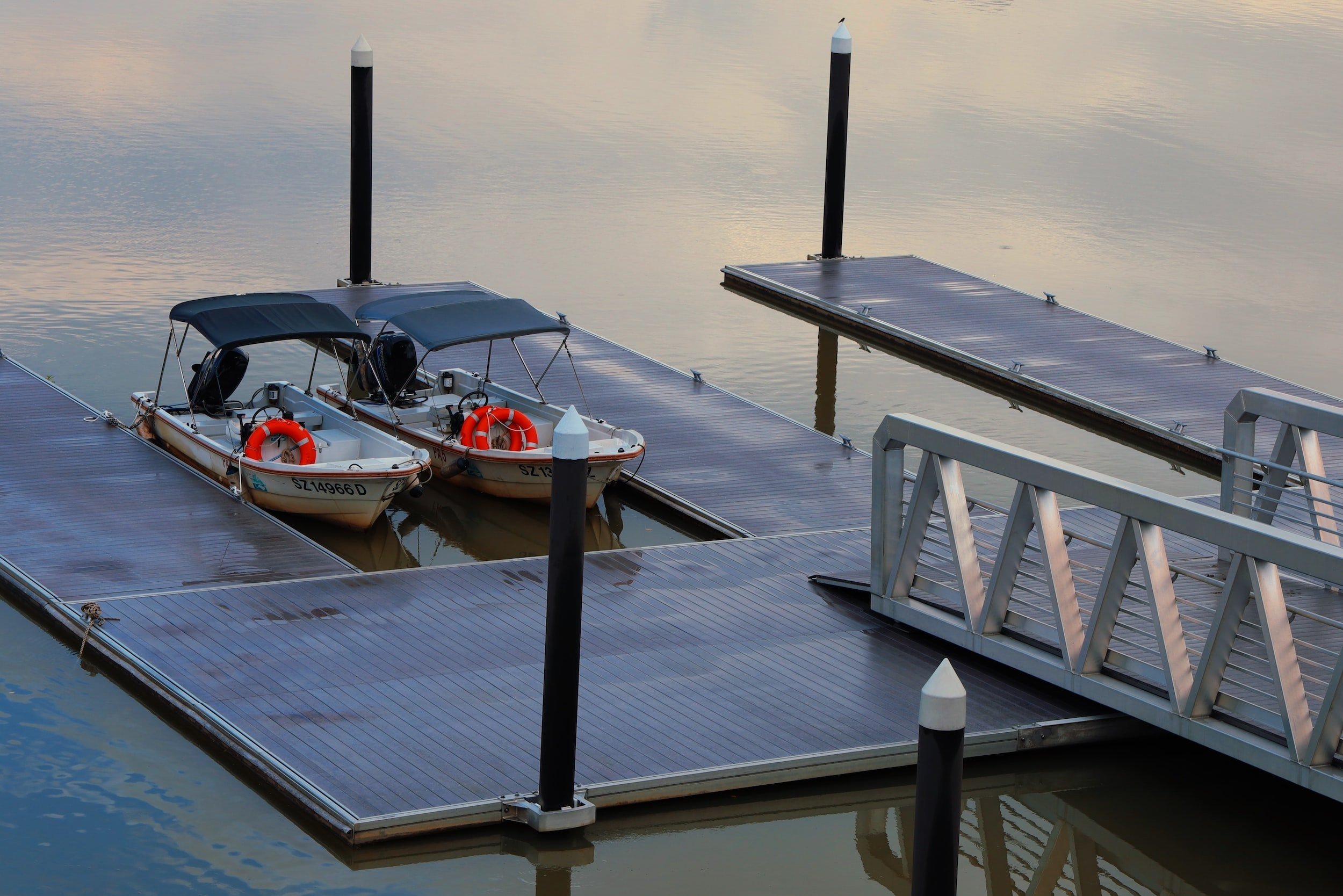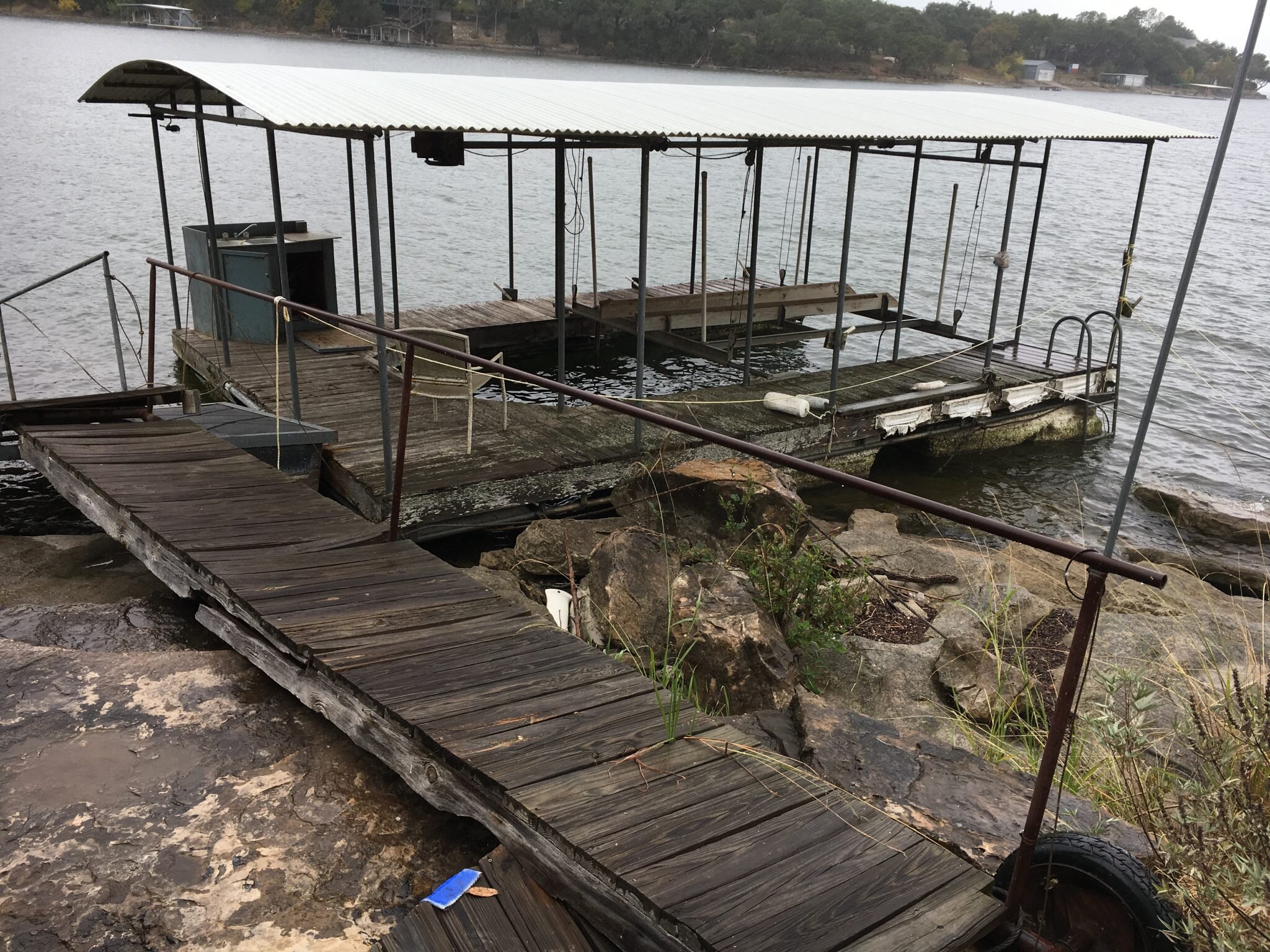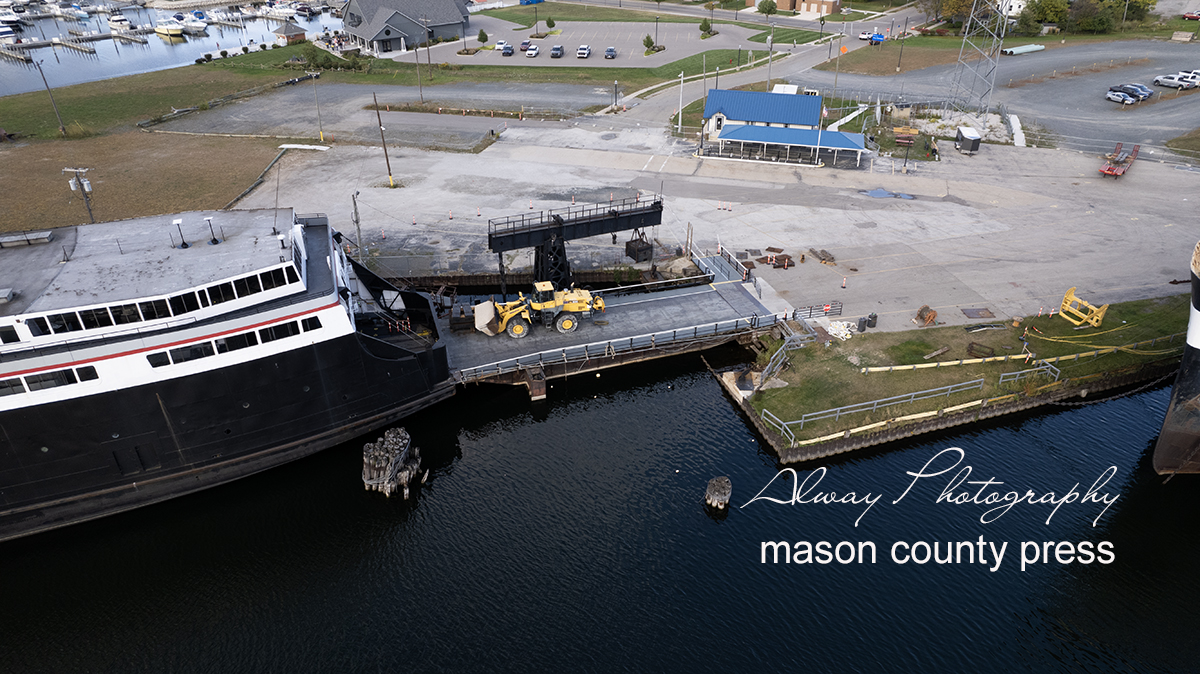Effective Dock Repair Techniques: Making Certain Architectural Integrity
Guaranteeing the structural honesty of anchors via reliable repair methods is extremely important for the longevity and security of aquatic centers. This involves a multi-faceted approach beginning with detailed assessments utilizing innovative modern technologies like sonar devices and from another location operated lorries (ROVs) to find both visible and concealed problems. Ultimately, picking the best repair work products, such as composite products and corrosion-resistant alloys, is crucial for longevity. Structural reinforcement approaches, consisting of the execution of cross-bracing systems and load-distribution plates, play an essential duty in mitigating stress and anxiety points. The importance of these methods becomes obvious when exploring advanced fixing techniques and preventative upkeep strategies.
Examining Dock Damage
Examining dock damages is a vital very first step in making certain the structural integrity and safety of any type of docking center. This initial assessment involves an extensive inspection to identify both concealed and visible problems. Secret elements to analyze consist of the dock's foundation, pilings, outdoor decking, and hardware. Each component has to be scrutinized for signs of wear, rot, rust, or other types of degradation that can compromise the structural stability.
Architectural designers or certified assessors commonly execute these evaluations making use of specialized tools and methods. Undersea inspections could employ sonar tools or from another location ran vehicles (ROVs) to find immersed damages. Over water, aesthetic evaluations are enhanced by utilizing wetness meters and various other diagnostic devices to reveal underlying problems not immediately visible to the naked eye.

Picking Repair Work Materials
Choosing the ideal repair service products is a pivotal action in the dock repair process, one that directly affects the longevity and efficiency of the fixed structure. Material selection must be driven by elements such as environmental problems, load-bearing requirements, and compatibility with existing dock parts. Timber is a standard selection for docks due to its all-natural durability and aesthetic charm. Selecting the best type of wood, such as pressure-treated lumber or naturally rot-resistant varieties like cedar or teak wood, is important to hold up against water environments.
Along with timber, composite materials are progressively prominent because of their longevity and low maintenance requirements. Composites, normally made from a mix of plastic and timber fibers, offer superb resistance to rot, pests, and UV damage. For steel docks, picking corrosion-resistant alloys such as galvanized steel or marine-grade light weight aluminum is essential to avoid rust and make certain architectural stability in saline water problems.
Epoxy materials and marine-grade sealants are vital for repairing splits and sealing joints, offering a water resistant obstacle and improving the dock's total toughness. By carefully choosing top quality products, dock repair services can attain resilient outcomes, thereby safeguarding against future deterioration and making certain secure, trusted use.
Architectural Support Strategies
Effective architectural reinforcement methods are important in ensuring the security and durability of dock fixings. One fundamental approach entails making use of steel or composite support bars (rebar) within concrete structures. Rebar gives extra tensile toughness, stopping cracks and distributing lots more evenly. This technique is specifically efficient for docks subjected to hefty tons or severe environmental conditions.
Another essential technique is the application of fiber-reinforced polymers (FRP) These materials use high strength-to-weight proportions and excellent resistance to deterioration, making them optimal for enhancing wooden or concrete docks. FRP can be applied in sheets or strips and bound with epoxy materials to enhance structural integrity.
Supporting and securing systems also play a vital role in architectural support. Cross-bracing, using metal or wood light beams, can combat side pressures, decreasing swaying and activity. Anchoring systems, such as helical piers or driven heaps, give a stable structure by transferring loads to much deeper, more stable dirt layers.
Finally, the assimilation of load-distribution plates can aid disperse weight a lot more equally across the dock's surface, minimizing local stress factors. These techniques jointly make sure that anchors remain safe and durable, qualified of withstanding the rigors of their functional environment.
Advanced Fixing Methods

Another innovative technique involves underwater welding, which enables for repair work to be performed without the need to dewater the area. This approach is specifically useful for attending to structural concerns in immersed dock parts, making sure very little disturbance to operations. Boosted welding methods, combined with robotic systems, supply precision and integrity, consequently prolonging the lifespan of the dock.
In addition, cathodic defense systems are implemented to avoid rust in metal dock frameworks. By utilizing sacrificial anodes or satisfied current systems, these strategies efficiently mitigate the electrochemical processes that result in product damage.
Last but not least, progressed surveillance technologies, such as architectural health surveillance (SHM) systems, offer real-time information on the condition of dock structures. These systems allow proactive upkeep and prompt interventions, eventually making certain navigate to these guys the long-term structural honesty of the dock.
Maintenance and Prevention
Maintenance and avoidance are basic concepts that underpin the longevity and security of dock frameworks. Routine inspections are extremely important, permitting very early detection of wear and tear, possible weak points, and ecological influences. A proactive technique, involving regular look for rust, rot, and architectural shifts, mitigates costly repair work and prolongs the dock's functional life.
Preventative steps must consist of applying safety finishes to metal elements to defend against rust and using cured wood to withstand decay. Furthermore, ensuring correct drainage and ventilation can prevent water accumulation, which is an usual source of architectural destruction. Integrating top quality materials and adhering to supplier guidelines during building and repair service phases additionally play crucial duties in enhancing toughness.

Educating employees in dock upkeep best practices makes certain regular application of safety nets. Leveraging technical breakthroughs, such as drones for examinations and sensing units for real-time monitoring, can click for info even more boost maintenance efforts. By focusing on maintenance and avoidance, dock owners can guarantee architectural integrity, operational safety, and economical monitoring over the dock's life-span.
Conclusion
In conclusion, preserving the structural stability of marine facilities demands thorough dock repair work strategies. Complete evaluations using innovative tools discover both visible and hid damages, while the option of suitable repair work materials enhances longevity. Implementing architectural support methods addresses stress points properly. Advanced repair service methods, coupled with regular maintenance practices, ensure the dock remains operational and risk-free under diverse environmental conditions. Taking on these methods considerably lengthens the lifespan and capability of aquatic infrastructure.
Guaranteeing the architectural stability of docks with efficient repair work methods is paramount for the durability and safety and security of marine facilities.Picking the proper fixing products is a critical step in the dock restoration process, one that straight influences the durability and efficiency of the fixed structure.Reliable architectural support strategies are vital in making certain the security and durability of dock repair work. By focusing on maintenance and avoidance, dock proprietors can guarantee structural integrity, functional safety and security, and cost-efficient management over the dock's lifespan.
In conclusion, maintaining the structural stability of aquatic centers requires go to website detailed dock repair service techniques.